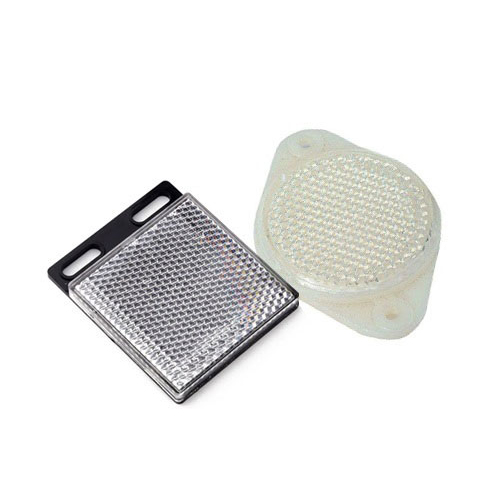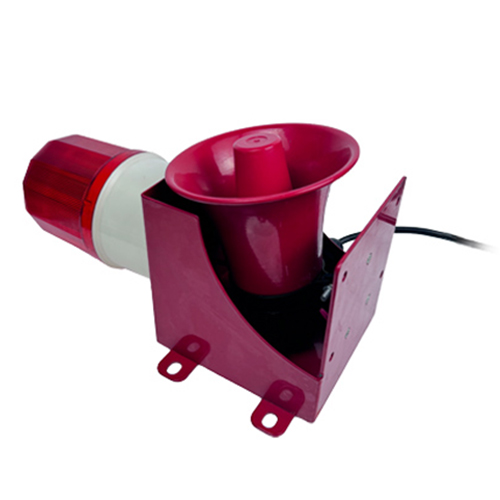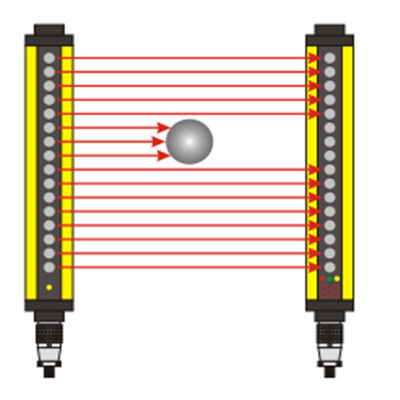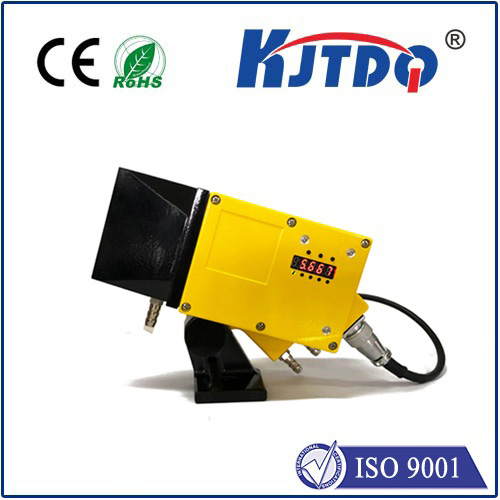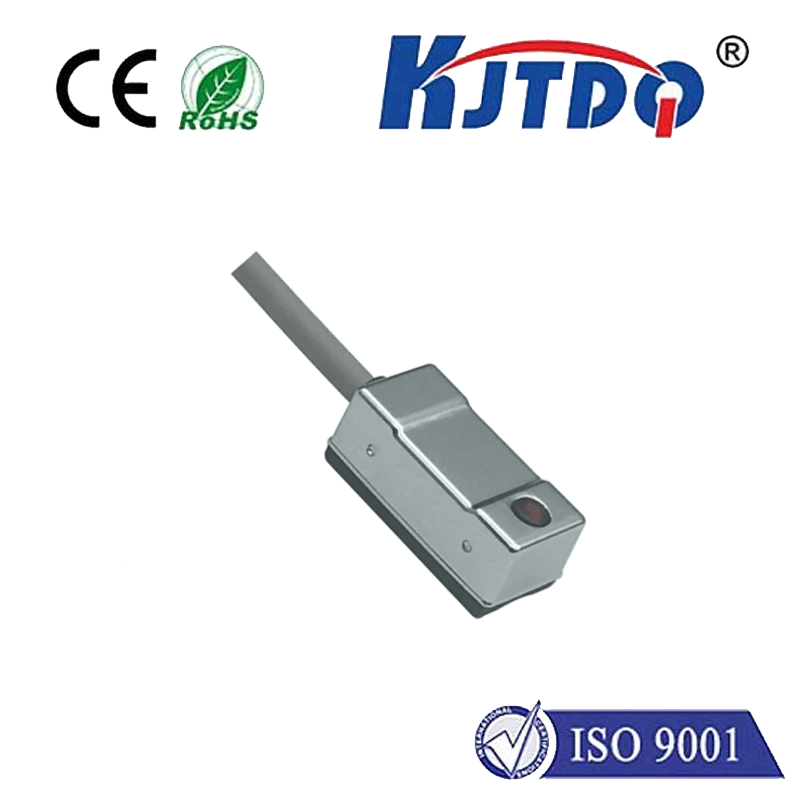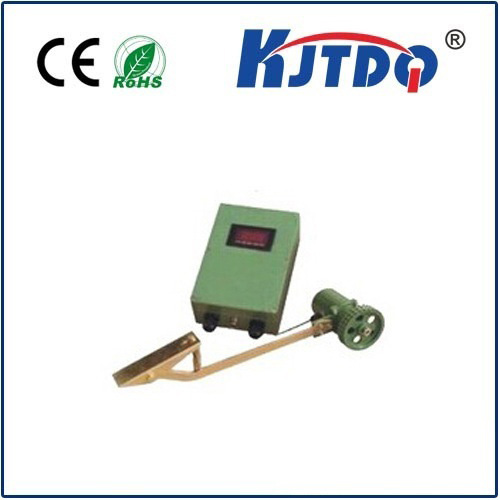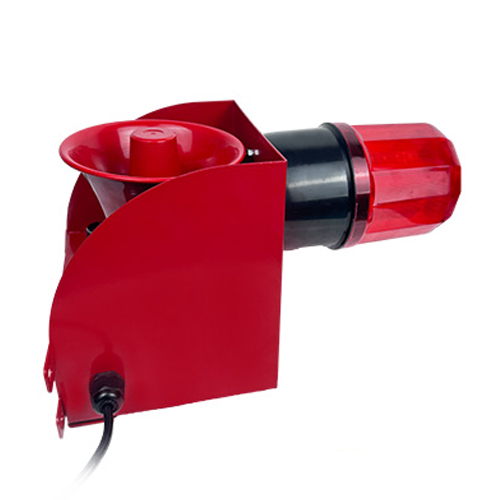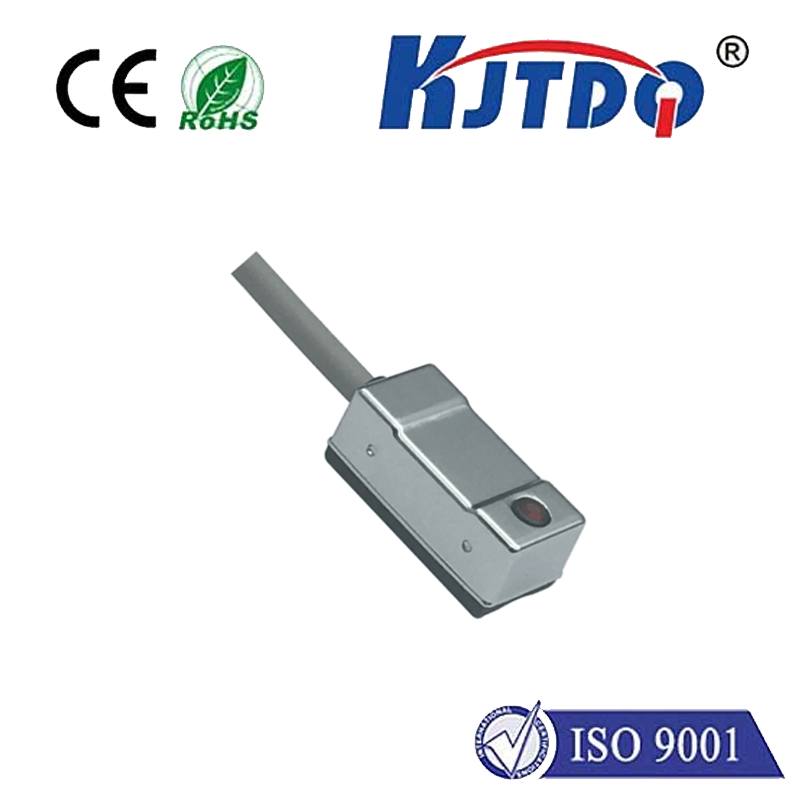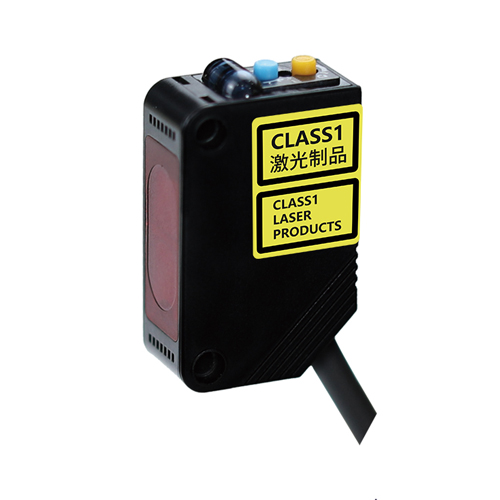m8 proximity sensor
- time:2025-07-06 00:36:13
- Click:0
Unlock Precision and Reliability: The Power of M8 Proximity Sensors in Compact Automation
Imagine a robotic arm swiftly navigating a crowded assembly line, its movements precise and fluid, never colliding with nearby equipment or delicate workpieces. This level of reliable, non-contact detection in tight spaces is often made possible by a remarkably compact powerhouse: the M8 proximity sensor. Far from being just another component, these miniature workhorses are fundamental to smooth, efficient, and safe operations across countless industrial and manufacturing settings.
Understanding the Core: What is an M8 Proximity Sensor?
At its heart, an M8 proximity sensor is a non-contact electronic device designed to detect the presence or absence of metallic objects (in the case of inductive types) or both metallic and non-metallic objects (capacitive types), without any physical interaction. The “M8” designation specifically refers to its standardized threaded cylindrical housing diameter of 18 millimeters. This compact form factor is a key differentiator and a primary reason for their immense popularity.
How Does This Tiny Titan Work?

M8 sensors operate based on electromagnetic fields:
- Inductive M8 Sensors: These emit an oscillating electromagnetic field from their sensing face. When a conductive metal target enters this field, it induces eddy currents within the metal. The sensor detects the resulting damping of the oscillation amplitude and triggers its internal switch (solid-state output). Crucially, inductive sensors ignore non-metallic materials.
- Capacitive M8 Sensors: These generate an electrostatic field. Any object (metal, plastic, wood, liquid, etc.) entering this field alters the sensor’s capacitance. This change is detected, causing the output to switch states. These excel at detecting materials through barriers like plastic containers or glass.
Why Choose the M8 Form Factor? The Power of Small
The M8 size offers distinct advantages that make it ideal for modern automation:
- Space-Saving Design: In densely packed machinery, control panels, robotic grippers, and compact actuators, every millimeter counts. The M8’s minimal footprint allows installation where larger sensors simply cannot fit. This enables smarter, more integrated designs.
- High Reliability & Longevity: With no moving parts subject to mechanical wear and tear, M8 sensors boast exceptional durability and a long operational life. Their solid-state nature makes them highly resistant to shock, vibration, and millions of switching cycles.
- Robust Construction: Typically featuring robust materials like nickel-plated brass or stainless steel housings, these sensors are built to withstand harsh industrial environments. Many offer IP67 or IP68 ingress protection ratings, making them resistant to dust, water jets (IP67), or even temporary immersion (IP68), and oils.
- Fast Response Times: M8 proximity sensors react incredibly quickly to target presence, often in microseconds. This high-speed detection is critical for applications involving fast-moving machinery or high-speed counting.
- Ease of Installation: The standardized M8 x 1 thread simplifies mounting. They can be easily screwed into matching threaded holes or mounted using readily available M8 mounting brackets and nuts. This streamlines both new installations and replacements.
Where M8 Proximity Sensors Shine: Key Applications
The compactness and reliability of M8 sensors make them indispensable across diverse sectors:
- Factory Automation & Robotics: Detecting end positions of pneumatic cylinders, confirming part presence in grippers or fixtures, monitoring robotic arm positions, and preventing collisions in collaborative workspaces. Mounting directly onto compact cylinders is a major advantage.
- Packaging & Material Handling: Verifying presence/absence of products on conveyors, counting items, detecting filled levels in containers (using capacitive types), confirming box closure, and monitoring guide positions. Their small size allows them to be placed precisely where detection is needed on tight conveyor paths.
- Machine Tooling & CNC: Tool presence/absence verification in spindles or tool changers, monitoring coolant levels, detecting chuck clamping status, and guarding access doors. Resistance to metal swarf and cutting fluids is critical here.
- Automotive Manufacturing: Used extensively in assembly lines for verifying component placement, actuator position feedback, detecting pallet position, and ensuring safety interlocks on machinery. Their robustness withstands challenging automotive production environments.
- Food & Beverage & Pharmaceuticals: While requiring specific material certifications (e.g., stainless steel housings, FDA-compliant materials), capacitive M8 variants can detect levels of liquids/powders through tank walls or detect non-metallic container positions. Seamless integration into hygienic designs is vital.
Key Specifications to Consider When Selecting an M8 Sensor
Choosing the right M8 proximity sensor involves evaluating several parameters:
- Sensing Technology: Inductive (metal targets only) vs. Capacitive (metal & non-metal targets, liquids, powders).
- Sensing Distance (Sn): The rated nominal operating distance for a standard target (e.g., Fe360 steel for inductive). M8 inductive sensors typically offer ranges from 1mm to 4mm. Capacitive sensors might vary more depending on the target material.
- Target Material: Especially critical for inductive sensors – the sensing range decreases significantly for non-ferrous metals compared to steel.
- Output Configuration: PNP (Sourcing) or NPN (Sinking) transistor outputs? Normally Open (NO) or Normally Closed (NC) switch logic? Choose based on controller input requirements.
- Shielded vs. Unshielded (Inductive): Shielded M8 sensors can be mounted flush with metal, making them neater and more protected, but offer slightly shorter sensing ranges. Unshielded M8 sensors have longer ranges but require a non-metallic mounting zone to function correctly.
- Housing Material: Brass, Stainless Steel (e.g., 303, 304, 316L for corrosion resistance).
- Protection Rating: IP67 (dust-tight and protected against immersion between 15cm and 1m) is common; IP68 offers higher protection against continuous immersion. Essential for harsh washdown environments.
- Connection Type: Pre-wired cable (e.g., 2m PVC/PUR), or quick-disconnect options like M8 Connectors (3-pin or 4-pin being standard for sensors). M8 connectors offer significant advantages in ease of maintenance and modularity.
- Switching Frequency: How many times per second the sensor can reliably detect a target passing by. Crucial for high-speed applications like counting small fast-moving parts.
Installation and Maintenance Best Practices
To ensure optimal performance and longevity:
- Mount Securely: Ensure the sensor is tightly fastened using its M8 thread to prevent vibration-induced loosening or






